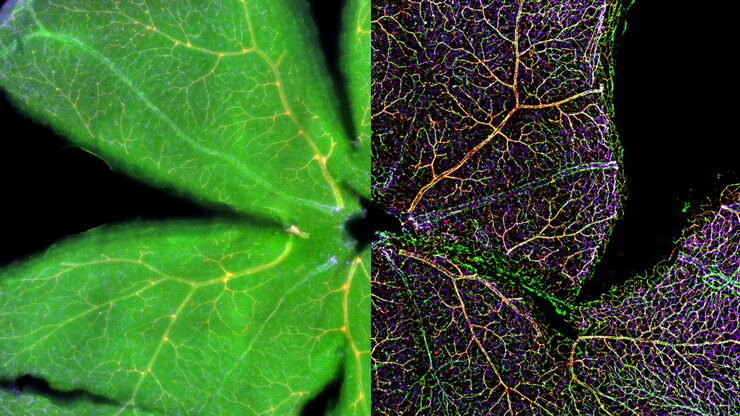Vikram Kohli , PhD

Dr. Vikram Kohli ist ausgebildeter Physiker und Ingenieur mit den Schwerpunkten Halbleiterphysik, Laser- und Elektrooptik sowie Mathematik. In seiner Postdoc-Phase beschäftigte er sich mit der Blutgefäßentwicklung, der neuronalen Biologie sowie der Genomik und Ätiologie von Autoimmunerkrankungen.
The Power of Pairing Adaptive Deconvolution with Computational Clearing
Learn how deconvolution allows you to overcome losses in image resolution and contrast in widefield fluorescence microscopy due to the wave nature of light and the diffraction of light by optical…
An Introduction to Computational Clearing
Many software packages include background subtraction algorithms to enhance the contrast of features in the image by reducing background noise. The most common methods used to remove background noise…


